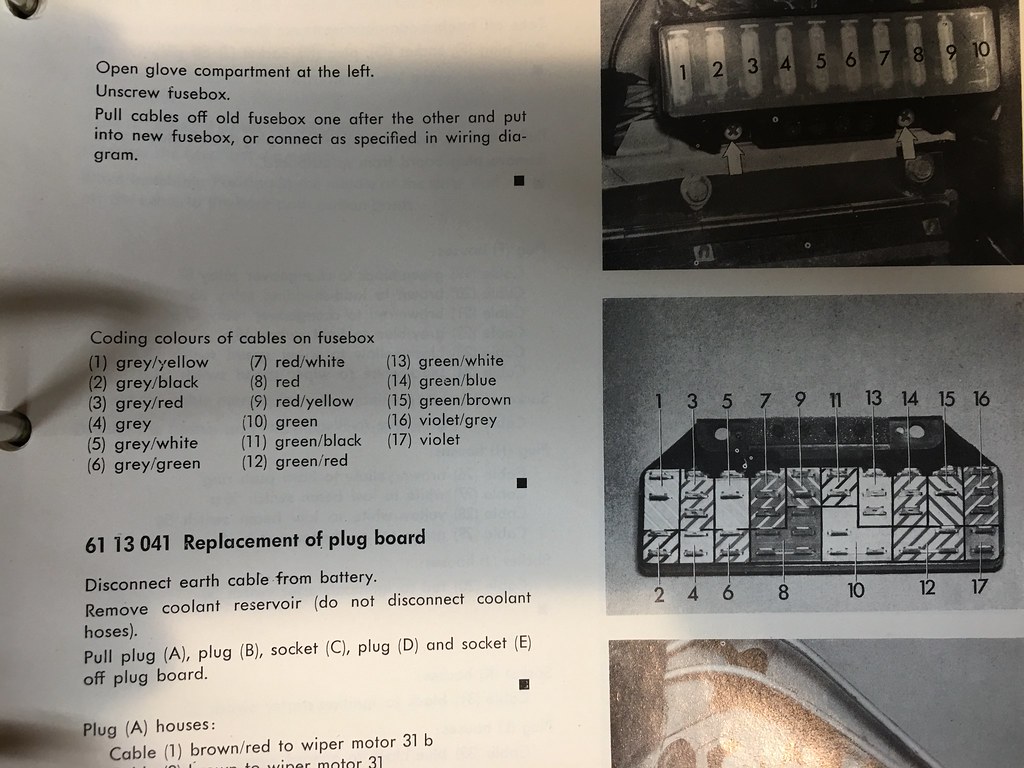Is the radio supposed to come on for the 1st turned position of the ignition switch?
or in the 2nd position (run position).
3rd position is crank of course.
Not getting power to the violet wire in either position.
or in the 2nd position (run position).
3rd position is crank of course.
Not getting power to the violet wire in either position.

